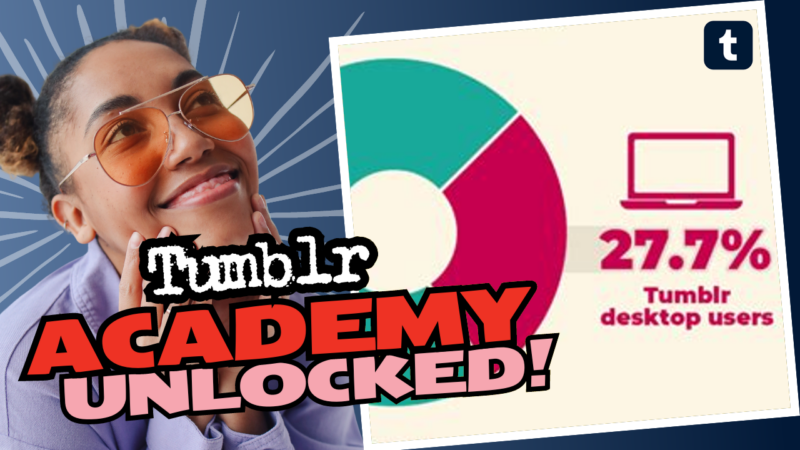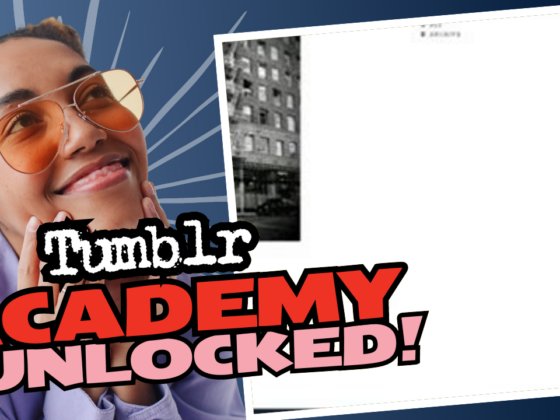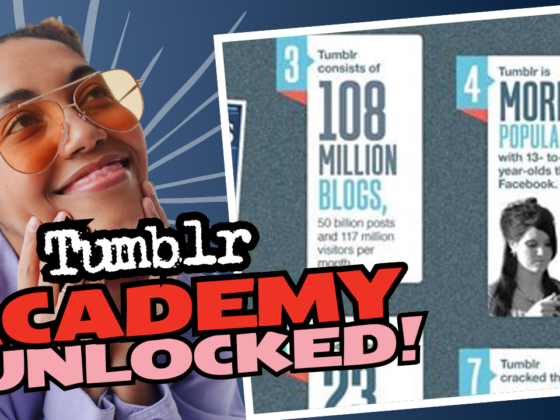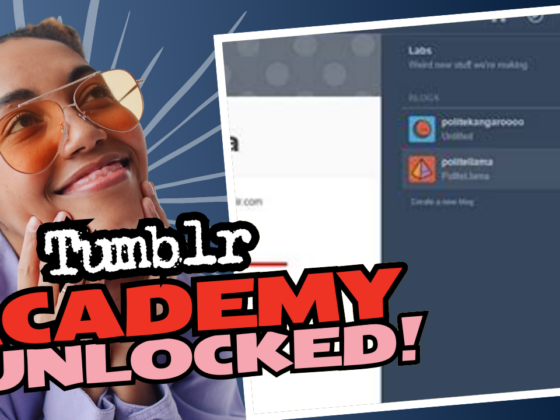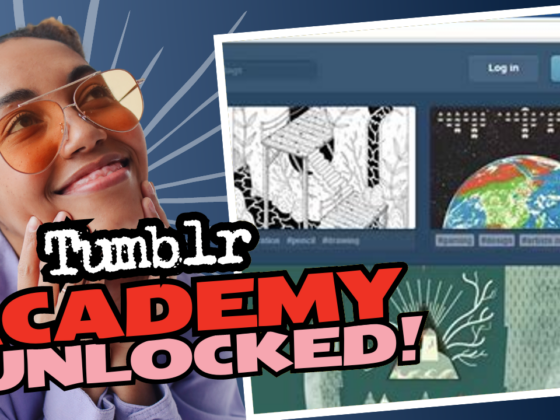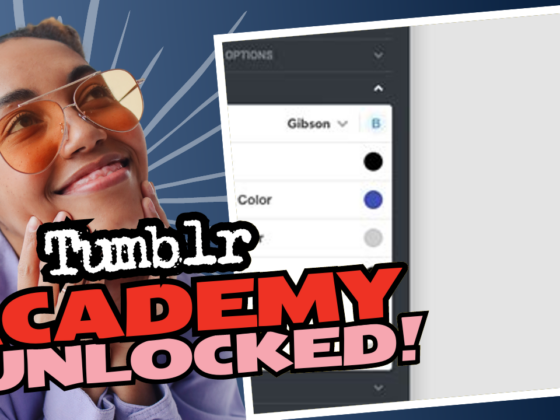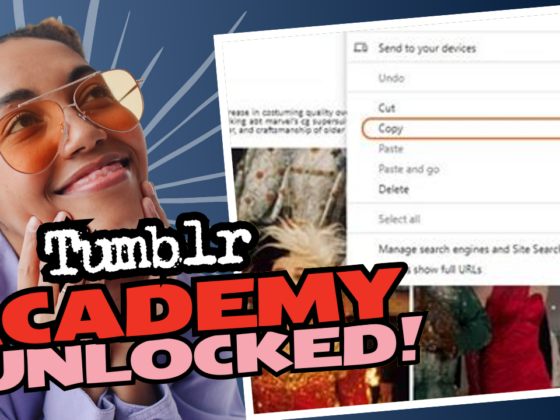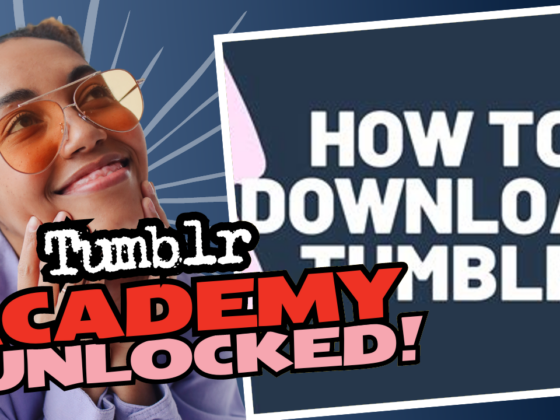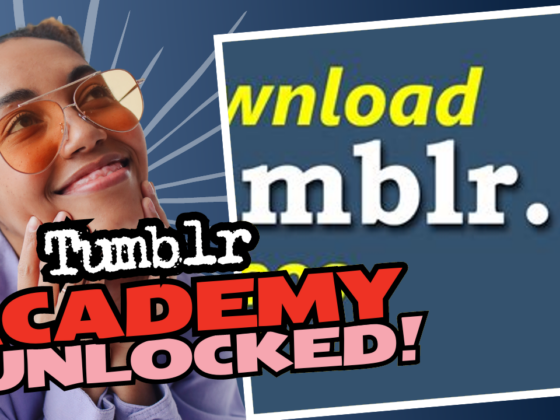What Did People Use Tumblr For? A Deep Dive into the Quirky World of the Blogging Platform
Ah, Tumblr. Let’s take a little stroll down memory lane, shall we? This platform once reigned supreme in the online realm as a delightful melting pot of creativity, weirdness, and, let’s not kid ourselves—some really questionable fanfiction. While it may not be the glittering celebrity of social media it once was, let’s dive into the enchanting world of Tumblr and explore what exactly people used it for.
The Original Vibe: A Diverse Playground
It all starts with a visionary named David Karp, the founding wizard of Tumblr. They set out to create a hub that was different from the norm. While platforms like Twitter relegated users to short quips, and WordPress catered exclusively to long-form rants, Tumblr served up a delicious buffet of content. It was like a social media buffet where you could have a delightful mix of everything—a short joke, a stunning piece of art, a heartfelt poem, and yes, GIFs!
That’s right, Tumblr was the birthplace of the GIF— (thank you very much) allowing users to express their feelings in a pixelated loop better than words ever could. When you felt a brief moment of joy or sadness, there was a GIF for that!
Run Wild with Content
One of the critical elements that made Tumblr special was its ability to cater to literally every interest imaginable, with the added bonus of allowing anonymity to users. You could brandish your fandom flag for anything from obscure anime to vintage drag queens, and trust me, someone out there was ready to give you a high five (or, you know, a virtual reblog) for it.
Instead of limiting you to one type of content, Tumblr took a “throw it all at the wall and see what sticks” approach:
- Art and Fandoms: A haven for fan art and creative self-expression.
- Text Posts: Quirky observations and nuggets of wisdom dispersed like confetti.
- Memes: Oh boy, the memes! Sharing the latest internet jokes was way too easy.
- Community Building: From fan clubs to niche communities, find your people with just a click.
In essence, Tumblr thrived on variety, spawning a vibrant community that celebrated uniqueness and encouraged creativity.
Timeline of Transformation: From Golden Age to the Great Purge
With all this glory, you’d think Tumblr would ride off into the sunset with its shiny trophy—but hold on! Things took a bit of a nosedive. The glorious reign started to simmer down, and many argue that it began with the infamous Great Porn Purge. A platform that initially thrived on adult content suddenly decided to play it safe and clean up its act, upsetting a significant portion of its user base. Let’s face it; the people who had made it their go-to for everything titillating weren’t thrilled about that choice.
After being scooped up by Yahoo, then Verizon, Tumblr suffered a series of ill-fated decisions that turned its once-rabid community into a simmering disappointment. Ownership changes brought censorship and ads that crowded your feed every two posts—like a clingy relative who overstays their welcome.
The Pros and Cons of Tumblr: A Love-Hate Relationship?
If you want to get real, it wouldn’t be a proper discussion without talking about the good, the bad, and the ugly of Tumblr. Let’s break it down, shall we?
Pros:
- Chronological Feed: Remember when your feed showed posts in neat chronological order? Nostalgia!
- Diverse Content: From memes to art, fans of all flavors found a home.
- Customization: You could turn your blog into a personalized explosion of color and filters—like a craft project gone right!
- Communities! Connect with your tribe. Find someone who loves what you love, or, you know, help you rant about your strange obsession.
Cons:
- Search Functionality: Let’s be real—combing through posts felt like trying to find a needle in a haystack sometimes.
- Content Overlap: You might follow someone for their baking tips but end up inundated with their thoughts on existential crises.
- Purge Aftermath: Yeah, that entire adult content fiasco really made a lot of people pick up and leave, and even many users still log in might just poke around halfheartedly.
Sure, it seems like there’s a smidge of bitterness in the air. The golden age of Tumblr may have slipped away, but let’s not forget the joys it brought during its heyday.
Engagement, Sharing, and Fandoms
When you think about how people used Tumblr, you can’t skip over its strong roots in the world of fandoms. Yep, communities like Witchblr, Bookblr, and of course, the infamous fanfiction circles blossomed in the soil of Tumblr.
People didn’t just post their own stuff—they reblogged endlessly, spreading content like wildfire. And let’s not ignore the super-sculpted sharing culture that allowed people to promise their likes would yield an opportunity to explore their friend’s content, even if that meant you would see an embarrassing number of posts about some random TV show you haven’t watched.
The culture of sharing allowed users to create incredible compilations of artworks, stories, and experiences that circulated the Tumblr community. When it functioned well, it felt like a resource hub where fandoms flourished.
Tracing the Content: From Blogs to Tumblrs
As Tumblr evolved, some users transitioned from purely personal blog entries to art repositories or even fandom hubs, using tags to navigate the chaotic landscape. The diverse content gave way to stronger focus, allowing users to rebuild experience on shared interests.
There’s an almost romantic feel to how people utilized Tumblr for weaving together stories or creating extensive lists of their favorite things in these fantastical realms.
For instance, fan-to-fan connections flourished as users drew from shared worlds and characters or aided one another with thoughtful critiques. Of course, in classic Tumblr fashion, the sarcastic, witty responses and memes flowed like free coffee on a Monday morning!
Still Kickin’: The Tumbling Landscape Today
Sure, folks may be moaning about how Tumblr is dead, but the truth is, it’s still breathing, albeit a bit quieter. Some users still thrive on the community, curating their feeds, forming lines of dialogue, and keeping creative sparks alive. Although the platform shifts like quicksand, existing users are clinging on, flipping through their unique networks and sticking to what they enjoy.
One key aspect is that many people have effectively turned Tumblr into a niche platform—if you know where to look, you can still find pockets of dedicated users sharing gems of creativity.
While the preceding years might’ve whittled down the hyperactive chaos, it also birthed tighter-knit communities that echo with the spirit of collaboration and creativity reminiscent of the platform’s formative years.
So, who uses Tumblr now? It seems to be a blend of survivors from its golden days remaining loyal despite the bump in the road. It’s not uncommon to find bubbling content on niche interests, ranging from astrology to vintage sewing patterns.
A Final Word: Long Live the Quirky Space
Oh, sweet Tumblr, you were truly one of a kind. While you may have transformed and evolved beyond recognition, the spirit of what made you so enchanting lives on through your users.
So whether you miss the days of finding your buddies in fan art, indulging in eclectic gifs, or simply scrolling through an unfiltered feed of eccentricity, there’s still a flicker of hope. Maybe, just maybe, if we rummage through those nostalgic dust-clad corners of the site, we can find something just as captivating as its golden era. Whether it’s pop culture critiques, epic rants, or relatable memes, there’s still magic in your code, and it deserves a moment in the spotlight.
So grab your favorite GIF, and let’s give a toast to Tumblr—the quirky social media platform that promised variety, delivered imagination, and, even now, continues to echo through the web as a warm reminder of what once was! 🥳

